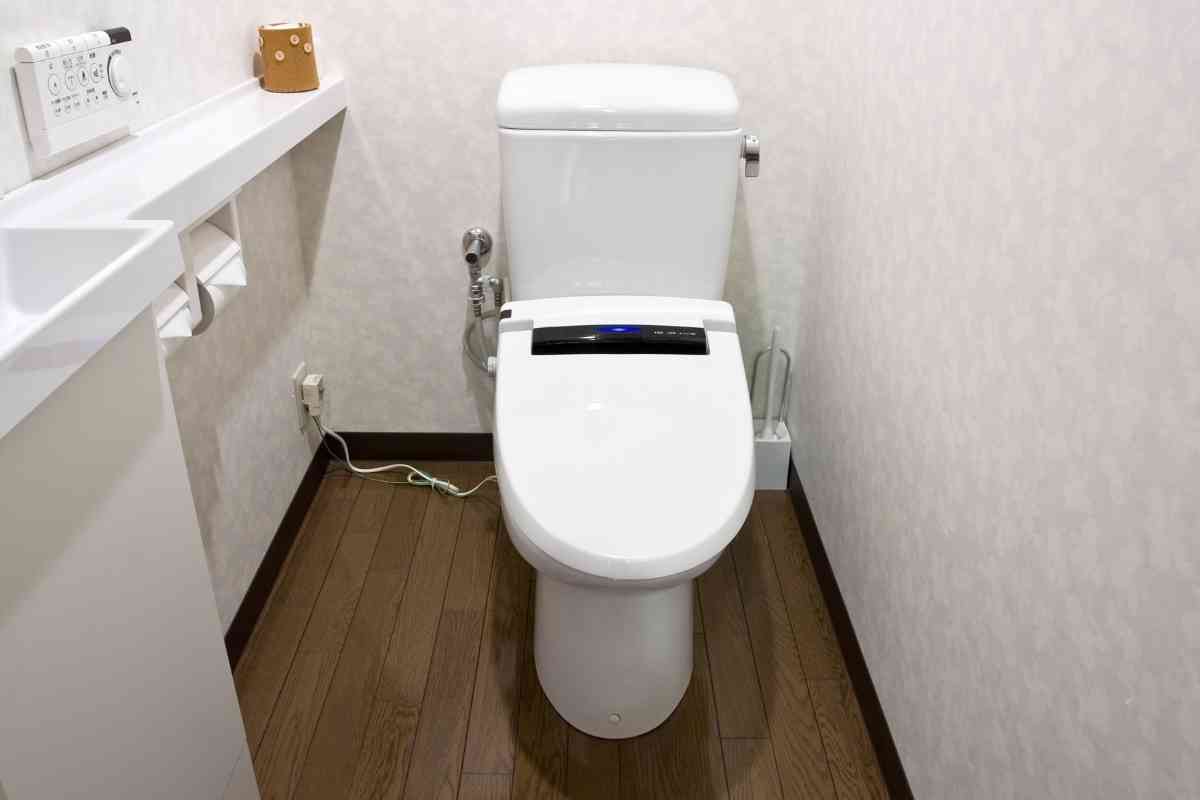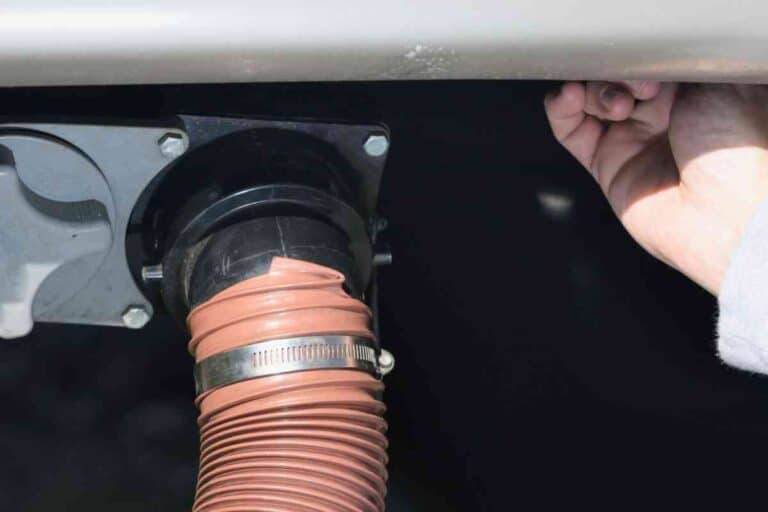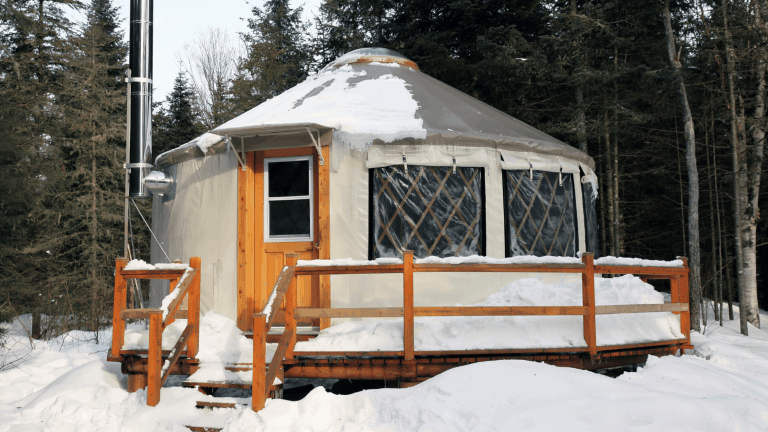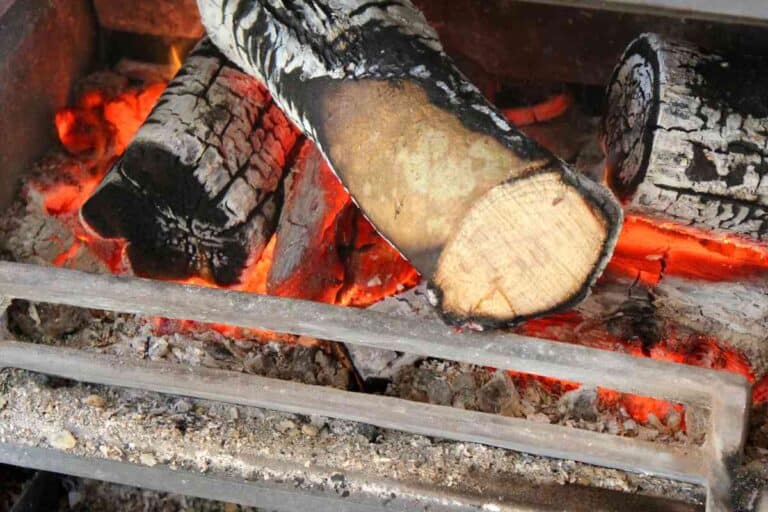What Size Septic Tank Do I Need For A Tiny House? 5 Septic Types
If you own a tiny house, then you know your space is limited so you might be wondering what size of septic tank you need. Since a tiny house is much smaller than a typical household, you do not need a septic tank that would work for a large home. It is important to get a septic tank that will work for your needs but will fit in the space you have available.

What size septic tank should I get for a tiny house?
Tiny houses will typically need septic tanks that are 500 to 1,000 gallons in size. The exact size will depend on water usage, the number of occupants in the home, the size of the house, and potential zoning regulations.
Getting the appropriately sized septic tank is important because if you end up with something too small, then you will fill it quickly and need to have it emptied more frequently. You will want to get something that is size appropriate for your tiny house but will still fit your needs.
The information provided in this guide has been reviewed by septic industry professionals and will allow you to make the best decision possible when purchasing a septic tank for your tiny house.
What Size Septic Tank Do I Need For A Tiny House?
Owning a tiny house can be a fun opportunity to live small and for a low cost. Most tiny homes need a septic tank that is 500 to 1,000 gallons in size. The size will vary depending on a few different factors.
If you do not have a large amount of water usage, then you can probably estimate that you would be okay with a 500-gallon tank. However, if you have multiple people living in your tiny house and you are using quite a bit of water, then you might need a larger tank closer to 1,000 square feet.
The number of people that reside in your tiny house and the size of your tiny house will also be a determining factor in how large of a septic tank you need. If it is only one or two people, then your needs will be different than if a whole family is living in a slightly larger-sized tiny house.
Zoning regulations are the last thing to take into consideration. Depending on where and how your tiny house is built, there may be regulations on the minimum size requirements for a water tank. This will typically only apply if your tiny house is built on a foundation.
What Is The Smallest Size Septic Tank You Can Buy?
Typically, the smallest size of septic tanks that you will find for purchase is going to be 750 to 900-gallon tanks. The exact size will depend on where you purchase the tank from.
Even if you need a smaller tank than 900 gallons, you will potentially have to settle and get a little bit of a larger size.
Purchasing a larger size than what you need will not create any problems. It will just give you more time before the tank will need to be emptied. As long as you have the space for the tank, it will not matter if it is larger than what you need.

What Type of Septic Tank Should You Buy?
There are several different types of septic tanks and each has its own pros and cons. The type of septic tanks you choose to purchase can depend on where you live, your budget, and how much durability you want. If you plan to live in your tiny house long-term you may want to invest in a more durable tank that will last a long time. Aside from an aerobic tank, most septic tanks cost around $1,000-$1,500.
Concrete
Concrete septic tanks are perhaps some of the most durable. They are known to last for decades, which makes them a good choice. However, if the concrete does crack this can lead to wastewater leaking out and groundwater getting into the septic tank which can cause problems.
Steel
A steel septic tank is still quite durable, but they do not last as long as concrete. Steel septic tanks are known to last for approximately 25 years before they begin to rust.
If the tank begins to rust on the roof then it is unable to support the normal amount of weight on top of it and it can become a fall hazard. In these instances, the cover to the steel tank can be replaced without having to replace the entire tank if the rest of it is structurally sound.
Fiberglass
Fiberglass septic systems are a great option because they do not pose the cracking risk that concrete and steel septic tanks do. Fiberglass septic tanks are a great option due to them being lightweight and much easier installation. However, they will be more likely to move as the soil moves and settles because they do not weigh a lot.
Plastic
Plastic septic tanks are typically somewhat durable and lightweight, and they tend to cost less than other options. The fact that they are lightweight can make them difficult to install because they are more prone to damage.
Aerobic
Aerobic septic tanks are powered by electricity and are up to 3 times more expensive than any other type of septic tank. However, they are more effective and require smaller drain fields which can be beneficial on small properties. Although they require more maintenance they tend to last for many years.
How Often Do You Get Your Septic Tank Cleaned?
Septic tanks usually only need to be emptied every 3 to 5 years. It is important to get them inspected at least every 3 years by a professional to make sure everything is running properly.
These are some indicators that your septic tank is full and needs to be emptied:
- Water that is pooling
- Slow draining water
- Backup in sewer
- A lawn that looks healthier than normal
- Strong odors
What Do You Use If You Move Your Tiny House Frequently?
Some tiny houses are built on wheels and will be moved around frequently similar to an RV. In these cases, the tiny houses function as off-grid houses. However, most of the time you will need a different waste system than a septic tank due to not being able to move a septic tank around.
Tiny houses that are moved often will function off of water tanks just as an RV would. You will have your freshwater tank for drinking and consumable water. Then your greywater and blackwater tanks will be for waste.
The greywater tank will hold everything aside from human waste. This will be the water that comes from showers, sinks, the dishwasher, and the washing machines. The blackwater tank will then be for human waste. This is where toilet waste will go (read urine and feces only, no grease, paper products, or floatable material).
Each of these tanks can be mounted underneath the tiny house permanently or you can have mobile tanks that you can connect under the tiny house when parked in one location.
If you choose to have water tanks then you will need to ensure that you know how and where to properly dispose of the water.






![Are Aspen Trees Good For Log Cabins? [And What Is Better?]](https://freedomresidence.com/wp-content/uploads/2022/05/Are-Aspen-Trees-Good-For-Log-Cabins-768x512.jpg)